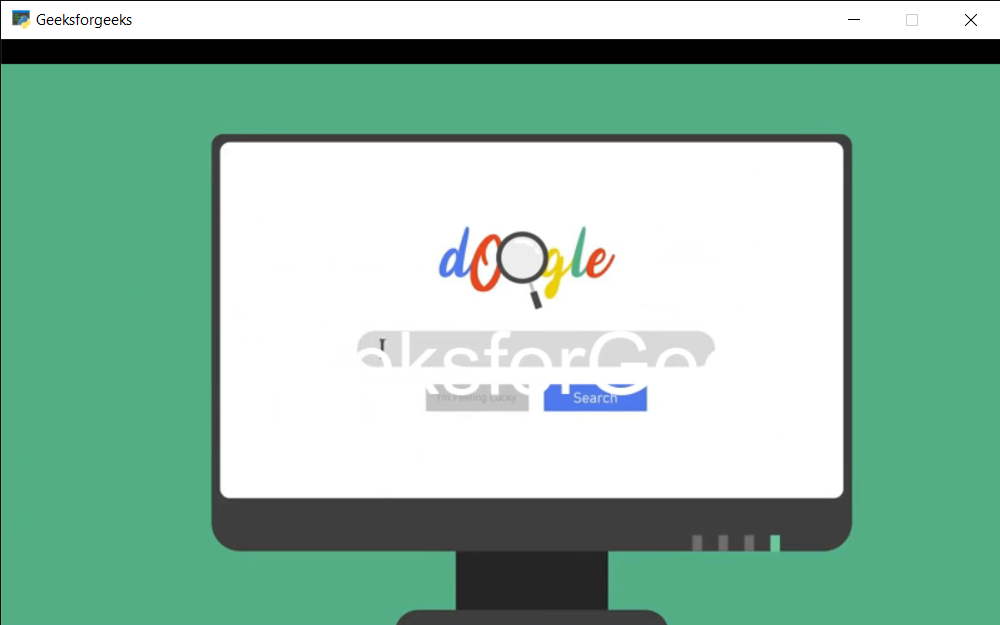En este artículo, veremos cómo podemos obtener la textura multimedia actual del reproductor del módulo PYGLET en Python. Pyglet es una biblioteca fácil de usar pero poderosa para desarrollar aplicaciones GUI visualmente ricas como juegos, multimedia, etc. Una ventana es un objeto «pesado» que ocupa los recursos del sistema operativo. Las ventanas pueden aparecer como regiones flotantes o pueden configurarse para llenar una pantalla completa (pantalla completa). Este módulo permite que las aplicaciones especifiquen una ruta de búsqueda de recursos. Pyglet puede reproducir archivos WAV y, si está instalado FFmpeg, muchos otros formatos de audio y video. La reproducción está a cargo de la clase Player, que lee los datos sin procesar de los objetos de origen y proporciona métodos para pausar, buscar, ajustar el volumen, etc. La obtención de la textura para el cuadro de video actual debe llamarse cada vez que mostramos un cuadro de video, ya que se pueden usar múltiples texturas.
Podemos crear una ventana y un objeto reproductor con la ayuda de los comandos que se indican a continuación.
# creating a window window = pyglet.window.Window(width, height, title) # creating a player for media player = pyglet.media.Player()
Para hacer esto, usamos el método de reproducción get_texture con el objeto del jugador
. Sintaxis: player.get_texture()
Argumento: no requiere ningún argumento
Retorno: devuelve el objeto pyglet.image.Texture
A continuación se muestra la implementación.
Python3
# importing pyglet module
import pyglet
# width of window
width = 800
# height of window
height = 500
# caption i.e title of the window
title = "Geeksforgeeks"
# creating a window
window = pyglet.window.Window(width, height, title)
# video path
vidPath ="gfg.mp4"
# creating a media player object
player = pyglet.media.Player()
# creating a source object
source = pyglet.media.StreamingSource()
# load the media from the source
MediaLoad = pyglet.media.load(vidPath)
# add this media in the queue
player.queue(MediaLoad)
# play the video
player.play()
# on draw event
@window.event
def on_draw():
# clear the window
window.clear()
# if player source exist
# and video format exist
if player.source and player.source.video_format:
# get the texture of video and
# make surface to display on the screen
player.get_texture().blit(0, 0)
# key press event
@window.event
def on_key_press(symbol, modifier):
# key "p" get press
if symbol == pyglet.window.key.P:
# pause the video
player.pause()
# printing message
print("Video is paused")
# key "r" get press
if symbol == pyglet.window.key.R:
# resume the video
player.play()
# printing message
print("Video is resumed")
# seek video at time stamp = 4
# and pause the video
player.seek(4)
player.pause()
# getting texture of the video
value = player.get_texture()
# printing value of texture
print("Texture : " + str(value))
# run the pyglet application
pyglet.app.run()

Texture :
Publicación traducida automáticamente
Artículo escrito por rakshitarora y traducido por Barcelona Geeks. The original can be accessed here. Licence: CCBY-SA